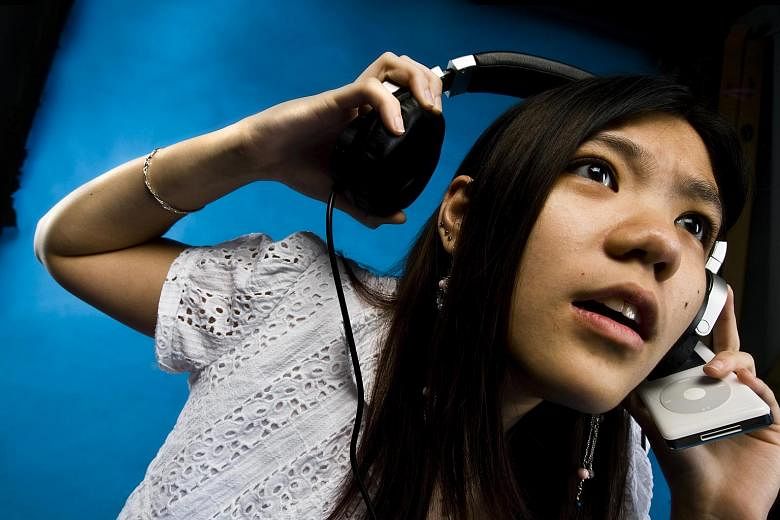A temporary loss of hearing can occur after a short exposure to loud noise. This is known as temporary threshold shift.
Generally, the hearing loss in this condition is reversible and will not last for more than 24 hours, said Dr Barrie Tan, director of the Centre for Hearing and Ear Implant at the Singapore General Hospital (SGH).
However, once hearing loss from chronic noise exposure is documented in a hearing test, the loss is irreversible, he added.
Such hearing loss could take a long time to show up, said Dr Loh Woei Shyang, senior consultant in the department of otolaryngology, head and neck surgery (ENT) at the National University Hospital.
But it can start young.
Studies that looked into the hearing of young people using personal listening devices frequently have found evidence of hearing loss, said Dr Loh.
This should be prevented from occurring in the first place.
Stopping the noise exposure may halt the progression of the hearing loss, said Dr Tan, who is also head and senior consultant in the department of otolaryngology at SGH.
Hearing can generally be preserved after the point of diagnosis but the hearing loss that has already occurred will not be reversed, he said.
In today's youth culture of being constantly plugged in and listening to music, prolonged and unregulated use of personal listening devices could be detrimental to hearing health.
Most experts in this area will recommend that users listen to their devices at 80 per cent of the volume level for a maximum of 90 minutes a day, said Dr Loh.
The current recommendation is based on the guidelines for workers in noisy environments, he added. The recommended maximum daily noise dose over an eight-hour period should not exceed an average of 85 decibels.
Sounds above that level can cause harm to hearing. Some online resources quote 85 decibels as sounding like busy city traffic. A loud rock concert could expose the listener to around 120 decibels of sound.
Both the duration and the intensity of the noise have an effect on hearing, said Dr Tan.
Listeners should reduce either the duration or the volume of noise that they are listening to.
A useful guide to determining whether headphones or earphones are too loud is whether you can hear another person speaking to you without that person having to shout, said Dr Tan. If he has to shout, the volume is too high.
If other people can hear clearly the words of the songs coming from the headphones or earphones, the volume is also too high, said Dr Tan.
Studies have also shown that those using personal listening devices in noisy environments are more likely to turn up the volume and expose themselves to noise damage, compared to those who use them in quieter environments, said Dr Loh.
Insert earphones have also been shown to reduce background noise level and users are less likely to turn the volumes on their devices to damaging levels, he added.
Ng Wan Ching

